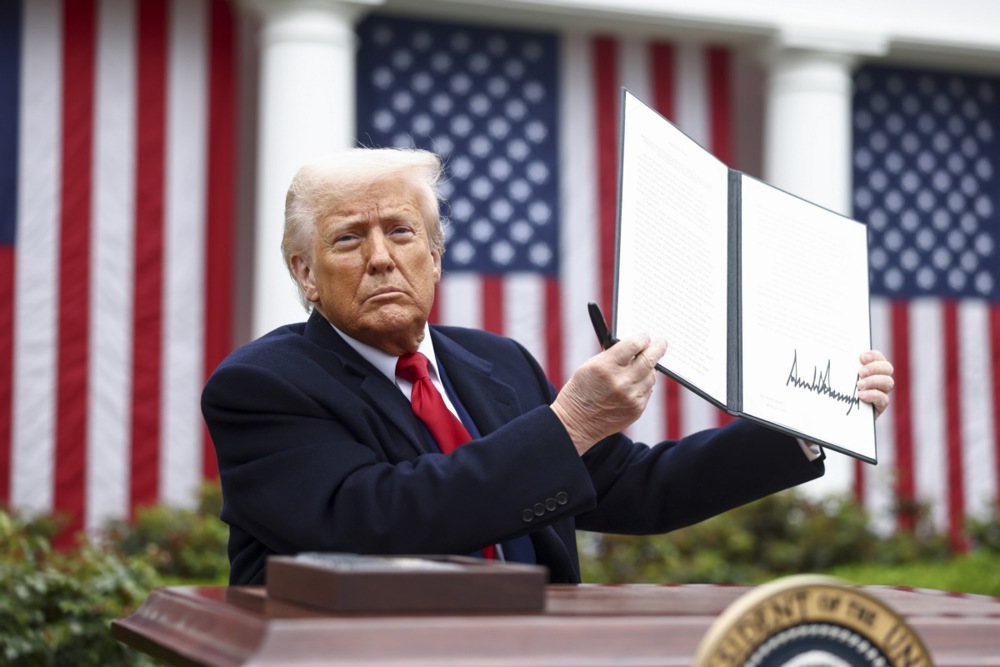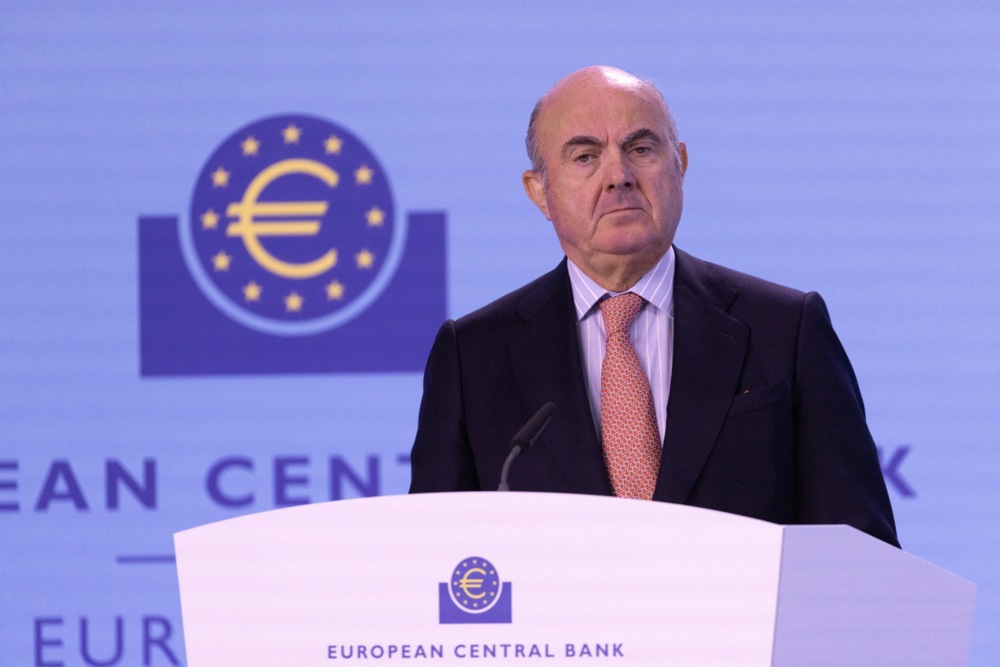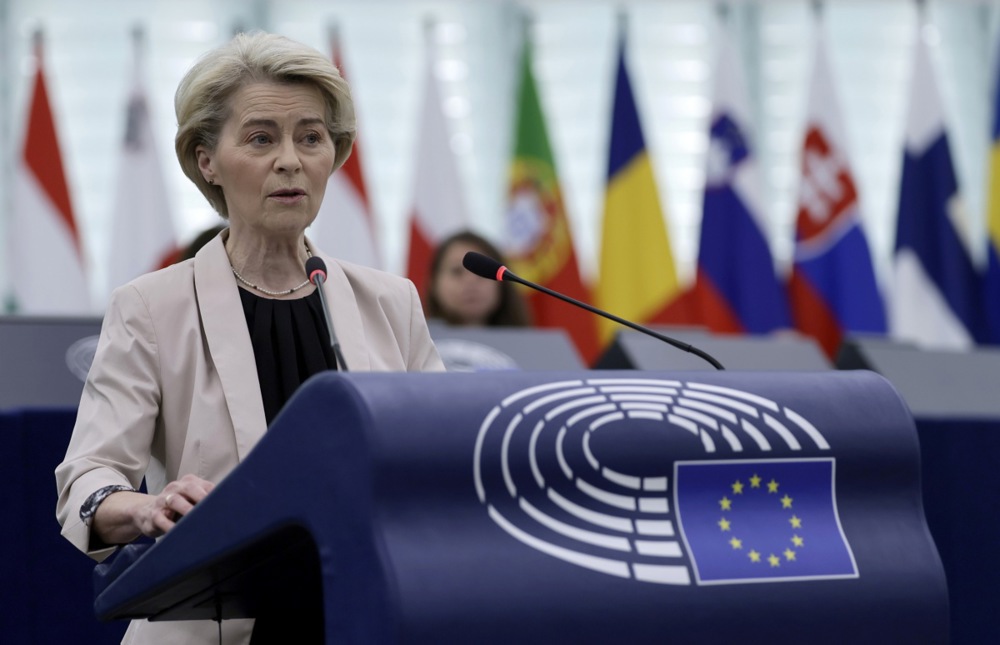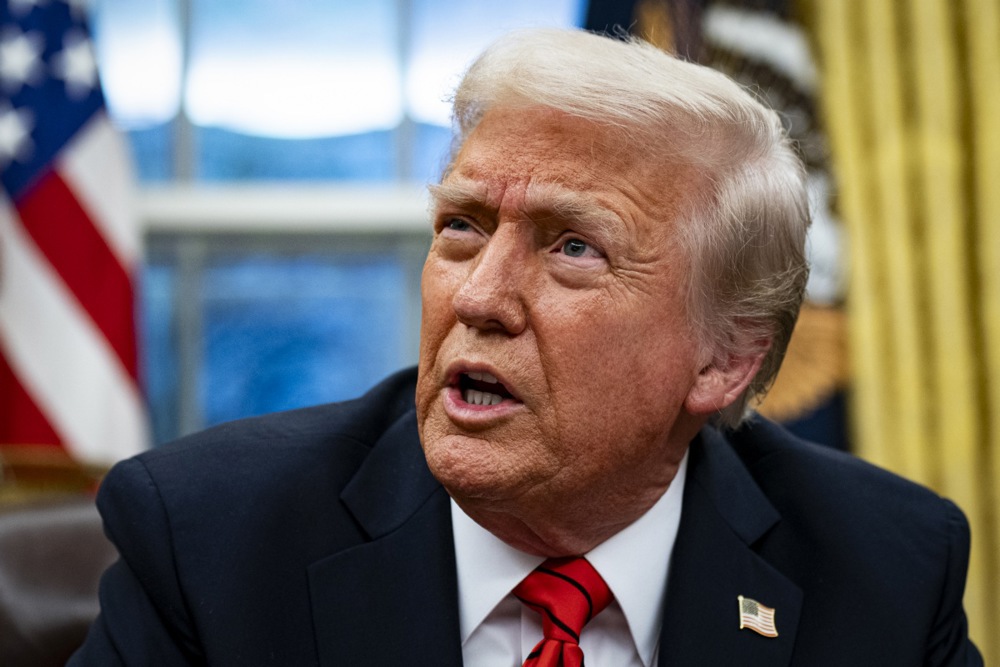The European Union has ramped up its push to conclude a free trade agreement (FTA) with India, with pharmaceuticals now in the spotlight.
Following the recent tariffs announcements by the US, which caught the EU and others somewhat off guard, Brussels and New Delhi have signalled they were set to wrap up negotiations by the end of 2025 after years of protracted talks.
Previously bogged down for more than a decade by disputes over digital trade, investment safeguards, the agricultural and food (agrifood) industries and environmental standards, these negotiations had been marked by stagnation.
Now, with Washington’s tariff moves throwing Europe’s supply chains into disarray, both Brussels and India expressed a new willingness to progress swiftly.
India enjoys a relatively warmer relationship with the US than the EU and holds a competitive edge in pharmaceutical scale and pricing.
That sector, as well as others targeted including electric vehicles, cars in general, steel, semiconductors and batteries, were separated from the wave of global “reciprocal tariffs” unveiled on April 2 by US President Donald Trump and now paused for 90 days.
Tariffs on cars and steel, for instance, were announced before April 2 and Washington opened national security investigations into pharmaceuticals and semiconductors on April 14.
Those are designed under US law to scrutinise whether key imports — such as pharmaceuticals — posed any risk to the domestic supply chain. If found to do so, they can trigger punitive tariffs, potentially as steep as 25 per cent.
The probes put nearly €100 billion in transatlantic pharma trade in the spotlight — and left the EU in deeper uncertainty ahead of its 11th round of FTA negotiations with India, which both blocs have announced would begin on May 12.
The pharmaceutical sector, a cornerstone of this shift, has emerged as a key battleground.
A Eurostat report released on April 14 showed that in 2024 the EU exported €277 billion worth of pharmaceutical products, while importing €119 billion worth — much of which comprised active pharmaceutical ingredients (APIs) sourced from India.
That dependency has been increasingly scrutinised by Brussels.
On April 15, industry leaders including AstraZeneca and GSK warned European Commission President Ursula von der Leyen that regulatory burdens, slow approvals and geopolitical volatility could “hollow out” the bloc’s competitiveness, according to Reuters.
The companies called for urgent moves to secure external partners and scale up domestic production — with India now being seen as a central element of that strategy.
India has been a major supplier of active pharmaceutical ingredients and produces about 20 per cent of all generic drugs.
With robust production capabilities and a willingness to offer greater market access, as seen from its latest discussions with US counterparts, India has been positioning itself an increasingly attractive international partner.
The Indian regulatory environment, particularly regarding the pharmaceutical sector, notoriously suffers from lengthy bureaucratic delays and inconsistent enforcement of international quality standards.
This has complicated India’s ability to export high-quality drugs consistently. Moreover, shifting domestic policies, inconsistent application of Good Manufacturing Practices (GMPs), criticism over quality issues and reports of harmful drugs have added uncertainty to the export process.
GMPs are a system of rules and regulations that ensure manufactured products, including pharmaceuticals, food and cosmetics, are consistently produced and controlled according to quality standards. These standards aim to minimise risks in manufacturing processes that cannot be eliminated through final product testing.
Despite the issues, cost competitiveness and scale advantages have remained India strongest assets.
The escalation of the trade war between China and the US has given the country an opportunity to fill the space left by Beijing, especially in labour-intensive sectors.
Recent wage growth in China alongside investments in automation and more advanced manufacturing have already spurred a surge in exports from other Asian countries where production is cheaper, according to the Financial Times.
Sunil Barthwal, a high-level representative of Indian commerce ministry, told national outlet mint on April 15 that it was making “very good progress” in trade talks with the US.
Both sides announced that sector-specific trade discussions would start on April 21 and aimed to conclude the first tranche of the trade deal by autumn this year, according to Bloomberg.
While India has expressed openness to reducing both tariff and non-tariff barriers, its agricultural sector has remained a politically-sensitive issue and reducing import tariffs on US farm products was one of Washington’s demands in these talks.
An “early harvest” trade agreement was also the objective for the EU, Barthwal told The Indian Express on April 15 and similarly, agriculture – alongside environmental standards – was a point of contention with the EU.
These talks first launched in 2007 but after 15 negotiation rounds held in both Brussels and New Delhi, the process broke down in 2013 and remained frozen until being revived in 2021.
An EC spokesperson said on April 15 that agrifood standards would not be part of negotiations. “EU standards, particularly related to food … are sacrosanct,” he said.





